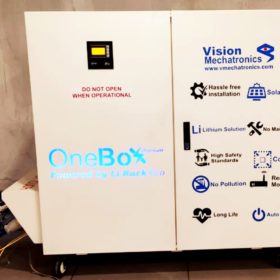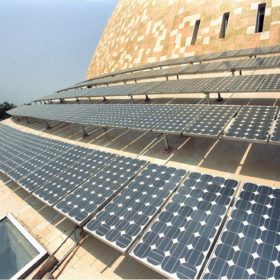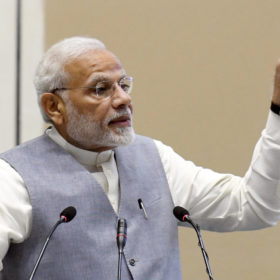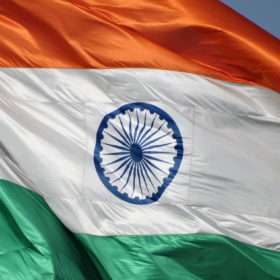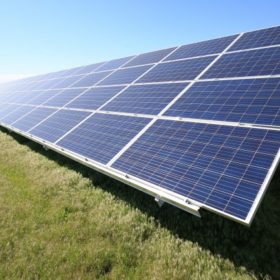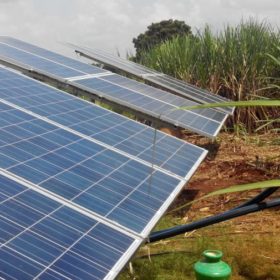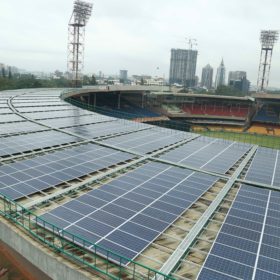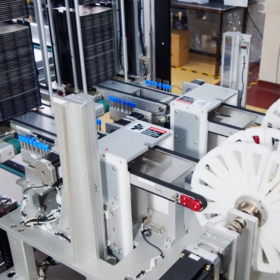A plug-and-play solar-powered battery back-up solution for the home
The OneBox, from Indian manufacturer Vision Mechatronics, consists of a lithium battery, hybrid inverter and solar charge controller to give a hassle-free solution for electricity back-up during power outages. Solar rooftop owners are offered a grid feed feature to maximize net metering income from any excess power generated.
Energy efficiency body eyes 1.5 GW of distributed solar within 13 months
Energy Efficiency Services Limited, which has already bagged orders for 800 MW of distributed solar installations in Maharashtra and 113 MW in Rajasthan, says it will roll out 1.5 GW of generation facilities by the end of the next fiscal year.
Large scale storage still some way off
Consultancy Bridge to India has looked into its crystal ball to predict India will add 10 GW of solar capacity this year and the same next year before deployment slows to 7 GW per year in 2022 and 2023, dogged by hurdles such as an inexplicable ongoing demand for new coal-fired power plants.
Renewable energy: 7,592 MW commissioned in first nine months of the fiscal year
Capacity additions for the current fiscal year are set to exceed the previous accounting period’s 8,532 MW. With Rs405 billion invested in clean energy in the last fiscal year, spending in the first nine months of 2019-20 has been estimated at Rs367 billion.
Haryana tenders 25 MW farmland solar under PM KUSUM
Applications are invited for setting up cumulative grid-connected capacity of 10 MW for Uttar Haryana Bijli Vitran Nigam and 15 MW for Dakshin Haryana Bijli Vitran Nigam. The solar power generated will be purchased by Discoms at a pre-fixed levelized tariff of Rs 3.11/KWh.
Tripura tenders solarization of 1300 agriculture pumps under KUSUM
Bidding closes on February 10 for the solar systems that are to be set up on turnkey basis. Completion period is eight months from the award of contract.
Driving India’s energy transition
India needs to look at a diverse set of flexibility options such as natural gas capacity, variable renewables themselves, energy storage, demand-side response and power grids, to ensure successful integration of wind and and solar PV, says an International Energy Agency (IEA) report.
Rajasthan set to take the solar crown in 2020
Norwegian analyst Rystad Energy has predicted the stop on PV tenders in Karnataka will see Rajasthan become India’s leading solar state this year. The market research firm expects India to add only 10 GW new solar in 2020, however, and the same figure in 2021.
‘India will add 14 GW of solar this year’
The annual global outlook report for solar published by IHS Markit notes there was no real uptick in the amount of new capacity added last year, compared with the returns seen in 2018. That is likely to kill any hope India has of overtaking the U.S. as the world’s second biggest solar market in 2020.
2020 Solar Match: Chasing the Target
While openers like SRISTI scheme for rooftop solar and KUSUM for farmland solar are likely to give a promising start, their implementation on the ground will determine our winning trajectory this year. Simply going by the connotation of 6 balls an over in the game of Cricket, this article looks at 6 factors that will push India to achieve its 2022 solar target.
